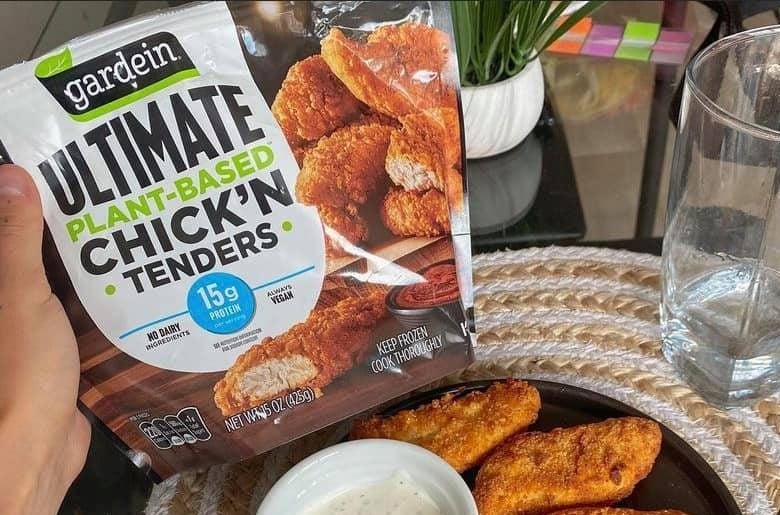
Double-digit inflation has prompted Conagra Brands to up its forecast for cost inputs by a full two percentage points as supply-chain constraints eat into the US food major’s ability to meet consumer demand.
Input-cost inflation has eroded the Hunt’s ketchup and Gardein plant-based meat owner’s operating margins and sales. Inflation is projected to continue to be a headwind until the benefit of price increases – more than initially anticipated – filter through in the second half of its fiscal year.
Presenting first-quarter results on Thursday (7 October), Conagra president and CEO Sean Connolly noted that while consumer-demand dynamics remain elevated due to the at-home eating patterns caused by Covid-19, labour shortages, higher logistics costs and supply chain pressures are weighing on the business.
“Consumer demand has remained at higher levels than we expected due to macro forces, as well as the unique position of our portfolio. This is a great problem to have, but it increases the demands on our supply chain at a time when the industry is navigating labour shortages, material supply issues and transportation cost and congestion challenges,” Connolly told analysts.
“Taken together, these factors created an upper control limit on the amount of product we could produce and ship in Q1.”
The conundrum was reflected in a 1% decline in reported sales during the three months to 29 August, and a 0.4% drop measured in organic terms.

US Tariffs are shifting - will you react or anticipate?
Don’t let policy changes catch you off guard. Stay proactive with real-time data and expert analysis.
By GlobalDataFirst-quarter inflation of 16.6% drove Conagra’s adjusted operating margin down by 530 basis points to 13.7%, and it was 604 basis points lower on an adjusted basis at 14.1%. The cost of goods sold rose 6% to just shy of US$2bn.
The Duke’s smoked meats owner now anticipates a higher-than-expected gross inflation rate of 11% for the full fiscal year, compared to the 9% it forecast in July when Conagra issued its last annual results. The pressures are coming from the increased cost for proteins, edible fats and oils, grains and steel cans.
“Looking ahead, our original plans for the year included additional inflation-justified pricing in future periods. Given the heightened inflationary environment, however, we now expect to take incremental actions beyond those original plans,” Connolly explained.
“Many of these actions have already been communicated to our customers and the benefits will be weighted toward the second half of the fiscal year.”
Conagra reported first-quarter sales of $2.7bn. They were up over a two-year horizon by 5.3% and 7% in organic terms.
Operating profit fell 28.8% to $363.3m and was down, adjusted for acquisitions and divestitures, by 30.6% at $374.9m.
Net income decreased 28.6% to $235.7m. Adjusted EPS was down 28.6% at 50 cents.
Conagra reaffirmed its guidance for the adjusted operating margin to come in around 16% for the full year and adjusted EPS of $2.50.
Organic growth is expected at 1%, compared to the prior flat estimate.
“Gross inflation is going be roughly the same as we saw in the first quarter, so it will be the second half where the percentage of gross inflation will start to decline,” CFO Dave Marberger said.
“We expect 800 basis points of operating margin headwind from the 11% gross inflation with our inflation going up. We expect about 490 points of operating margin tailwind from the cost coming out.”



